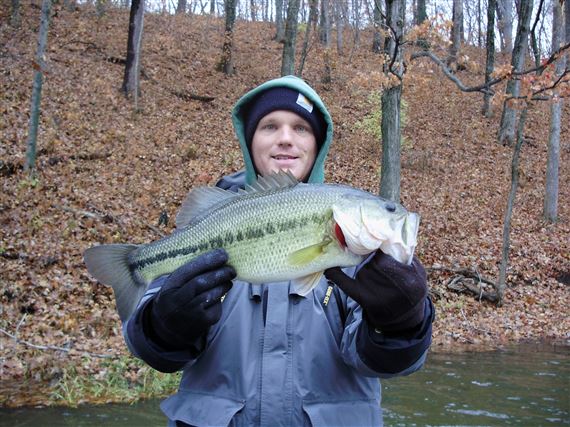
It matters not the gear you’ve got, the boat you drive nor your skills at finding and faking fish out: if your hooks don’t hold you won’t catch any more fish than your landlubber buddy back at home on the couch.
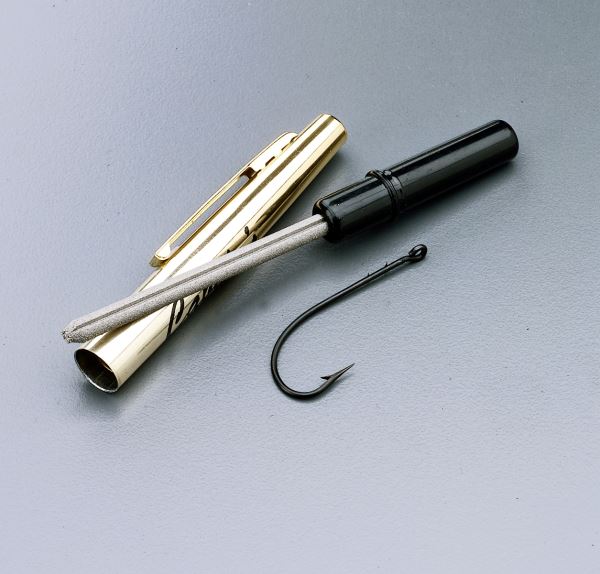
And to hold, a hook first has to bite—deep—into the flesh of a fish. Preferably, in and around the mouth.* All the steady pressure and “keep the rod tip bent!” advice in the world won’t help keep a fish on the line if that line is tied to a dull hook that hasn’t penetrated to its full potential.
Two factors influence how deep a hook “bites” in a particular situation: the power of the hook set and the sharpness of that hook. Hook-setting etiquette is a subject unto itself; proper hook honing is the point of discussion here.
While today’s hooks are remarkably sharp right out of the box, especially the pricier, premium models, even those popular “Lazer Edged” Eagle Claws eventually dull with use. To be honest, I’ve never honed a new hook, not a treble on a lure or a single hook destined for live-bait use. Perhaps I should have, but after giving them a test against my thumbnail to make sure they give it a “prick,” I toss aside those that don’t pass muster and reach for one that digs into my digit and I know will do the job.
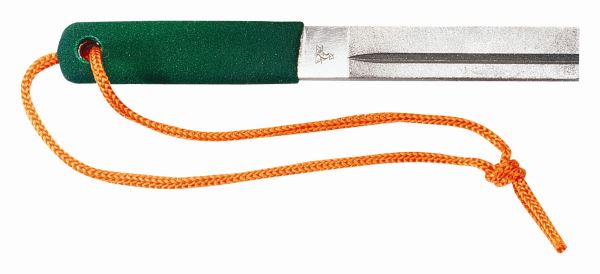
But I do sharpen hooks that have seen significant use, have touched bottom or have stuck in the maw of a fish or three. When I do, I break out a diamond grit hone that folds from Lansky ($15) but there are several types of sharpeners and hones out there that do a good job.
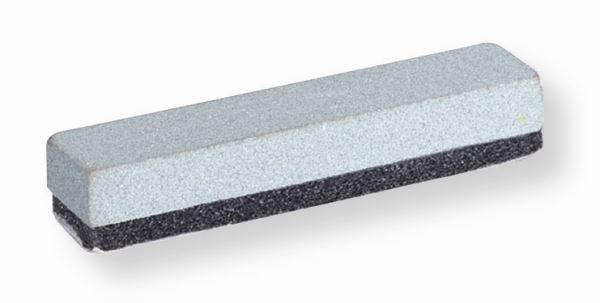 As when sharpening any cutting tool, sharpening a hook calls for grinding away metal to form a fine edge point. Traditional whetstones have served double duty for putting an edge on fillet knives and a point on hooks for generations. Ceramic are hones popular among anglers who don’t mind taking a little extra time to make a point. Hones surfaced with aluminum oxide are great for quick touch-ups, and are less expensive than their premium diamond-dust-encrusted counterparts, which may retail for as much as $30—three times as much as the “alumina” hones.
As when sharpening any cutting tool, sharpening a hook calls for grinding away metal to form a fine edge point. Traditional whetstones have served double duty for putting an edge on fillet knives and a point on hooks for generations. Ceramic are hones popular among anglers who don’t mind taking a little extra time to make a point. Hones surfaced with aluminum oxide are great for quick touch-ups, and are less expensive than their premium diamond-dust-encrusted counterparts, which may retail for as much as $30—three times as much as the “alumina” hones.
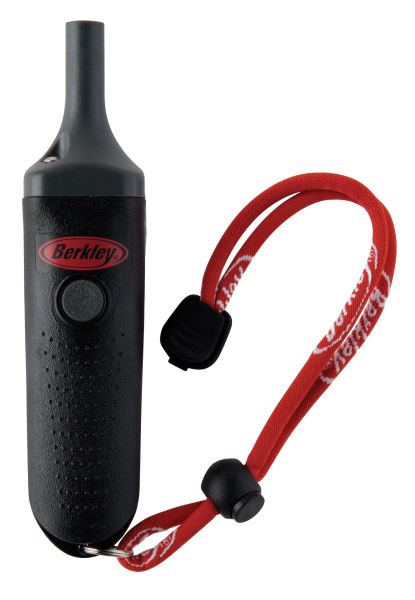
No matter their makeup, most hones are flat-sided, but some targeted toward hook sharpening, like the models from Rapala (aluminum oxide surface, $7), come with a built-in groove. Repeated use in one area with hooks—or a quick session with a file—can create a groove on a flat-sided hone, which some anglers prefer because the v-shaped channel aligns the hook and sharpens two sides at once.
There are even fixed-base hook hones on the market, which make sense if you have a permanent fishing station designated aboard your houseboat or tender and want to have a hone at hand. One model from Orvis (boride surface; $7 pair) features adhesive on the back of a small strip that can be mounted to aluminum gunwales, metal handrail or even the rod itself for easy access honing, albeit of smaller hooks.
 Battery-powered hones are popular among boaters who are in a hurry and have the space for stowing them. Perhaps the most popular is the Pocket Hook Sharpener by Berkley (aluminum oxide surface, $13), which promotes the fact that the power-hone can put a point on a thousand hooks with a pair of AA alkalines.
Battery-powered hones are popular among boaters who are in a hurry and have the space for stowing them. Perhaps the most popular is the Pocket Hook Sharpener by Berkley (aluminum oxide surface, $13), which promotes the fact that the power-hone can put a point on a thousand hooks with a pair of AA alkalines.
For mass hook-honing at home, shore-powered sharpeners like the Point Maker model from Texas Tackle (composite surface, $130) make fast work of it. But fast or slow, any time you take to hone a hook will help drive the point home.
Sharpener Sources:
Rapala Hook Sharpeners: www.rapala.com
Lansky Folding Diamond Fish Hook Sharpener: www.lanskysharpeners.com
Berkley Pocket Hook Sharpener: www.berkley-fishing.com
Orvis Adhesive Hook Sharpener: www.orvis.com
Texas Tackle Point Maker: www.texastackle.com
*Circle hooks are designed to slide into the corner of a fish’s mouth without a traditional hook-set. In most states, gamefish that are hooked anywhere but inside the mouth are considered to have been snagged and must be returned to the water immediately.

